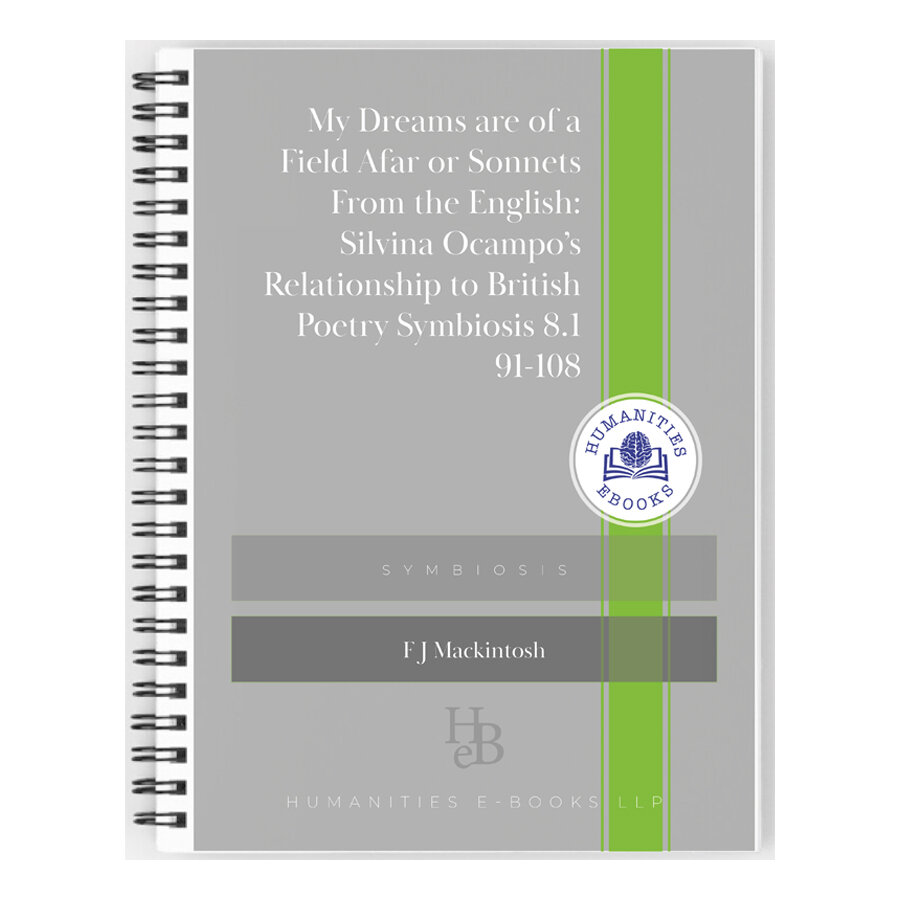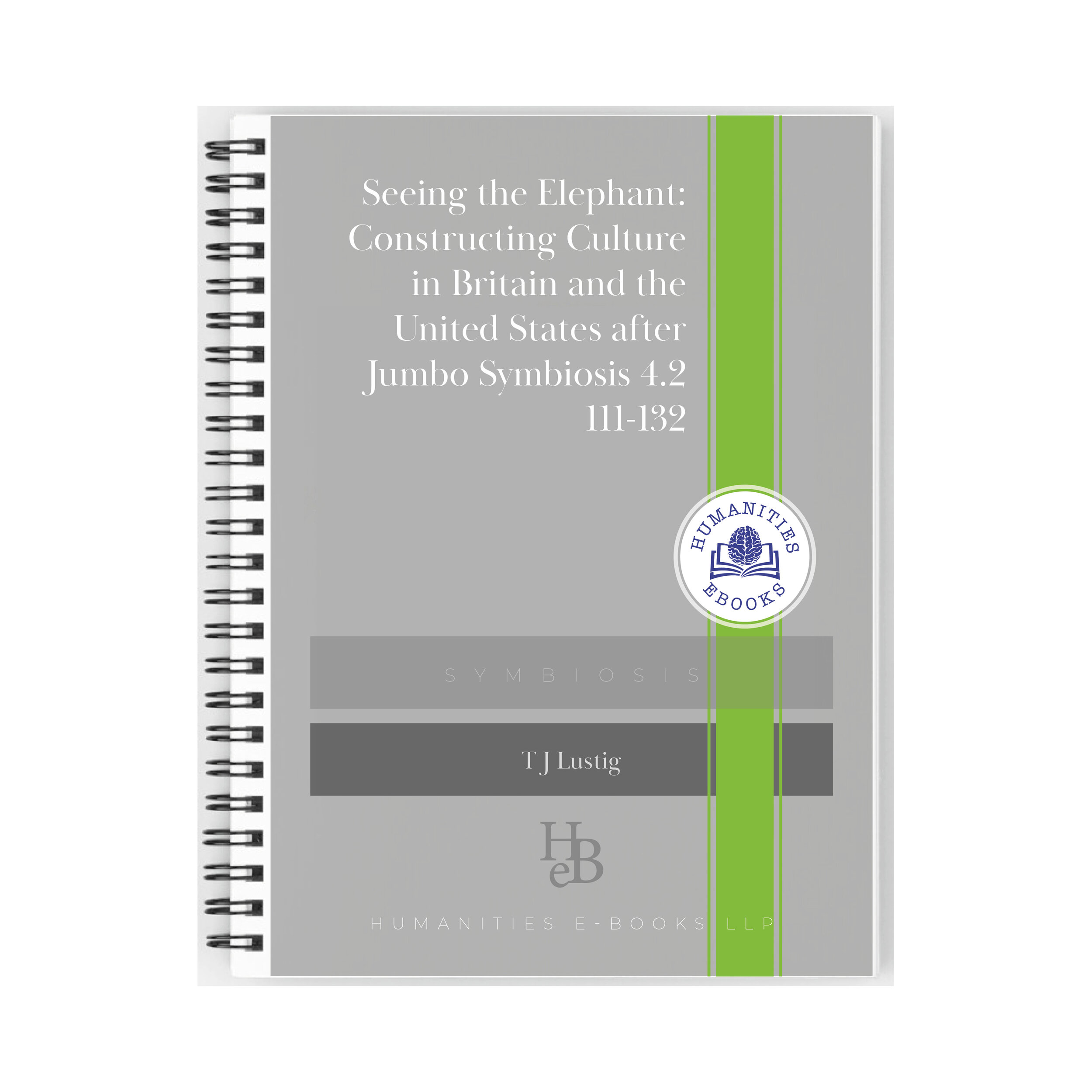 Image 1 of
Image 1 of


Henry James's "crushing mission": utopianism on Manhattan Island
Symbiosis 6.2 99-114
Author: Andrew Taylor
Pages: 18
'Henry James’s ‘crushing mission’: Utopianism on Manhattan Island' by Andrew Taylor, explores Henry James's critical perspective on New York City's urban landscape and the ideological implications of its design. Originally published in Symbiosis: a Journal of Anglo-American Literary Relations, this essay delves into James's reflections on his native city's transformation during his 1904–1905 visit. Taylor examines James's attempt to reconcile the city's modernity with his preference for European historical stability, particularly through his interpretation of Central Park as a utopian enclave. This scholarly analysis is essential for those interested in literary criticism, urban studies, and the cultural intersections of American and European identities.
Symbiosis 6.2 99-114
Author: Andrew Taylor
Pages: 18
'Henry James’s ‘crushing mission’: Utopianism on Manhattan Island' by Andrew Taylor, explores Henry James's critical perspective on New York City's urban landscape and the ideological implications of its design. Originally published in Symbiosis: a Journal of Anglo-American Literary Relations, this essay delves into James's reflections on his native city's transformation during his 1904–1905 visit. Taylor examines James's attempt to reconcile the city's modernity with his preference for European historical stability, particularly through his interpretation of Central Park as a utopian enclave. This scholarly analysis is essential for those interested in literary criticism, urban studies, and the cultural intersections of American and European identities.
Symbiosis 6.2 99-114
Author: Andrew Taylor
Pages: 18
'Henry James’s ‘crushing mission’: Utopianism on Manhattan Island' by Andrew Taylor, explores Henry James's critical perspective on New York City's urban landscape and the ideological implications of its design. Originally published in Symbiosis: a Journal of Anglo-American Literary Relations, this essay delves into James's reflections on his native city's transformation during his 1904–1905 visit. Taylor examines James's attempt to reconcile the city's modernity with his preference for European historical stability, particularly through his interpretation of Central Park as a utopian enclave. This scholarly analysis is essential for those interested in literary criticism, urban studies, and the cultural intersections of American and European identities.







